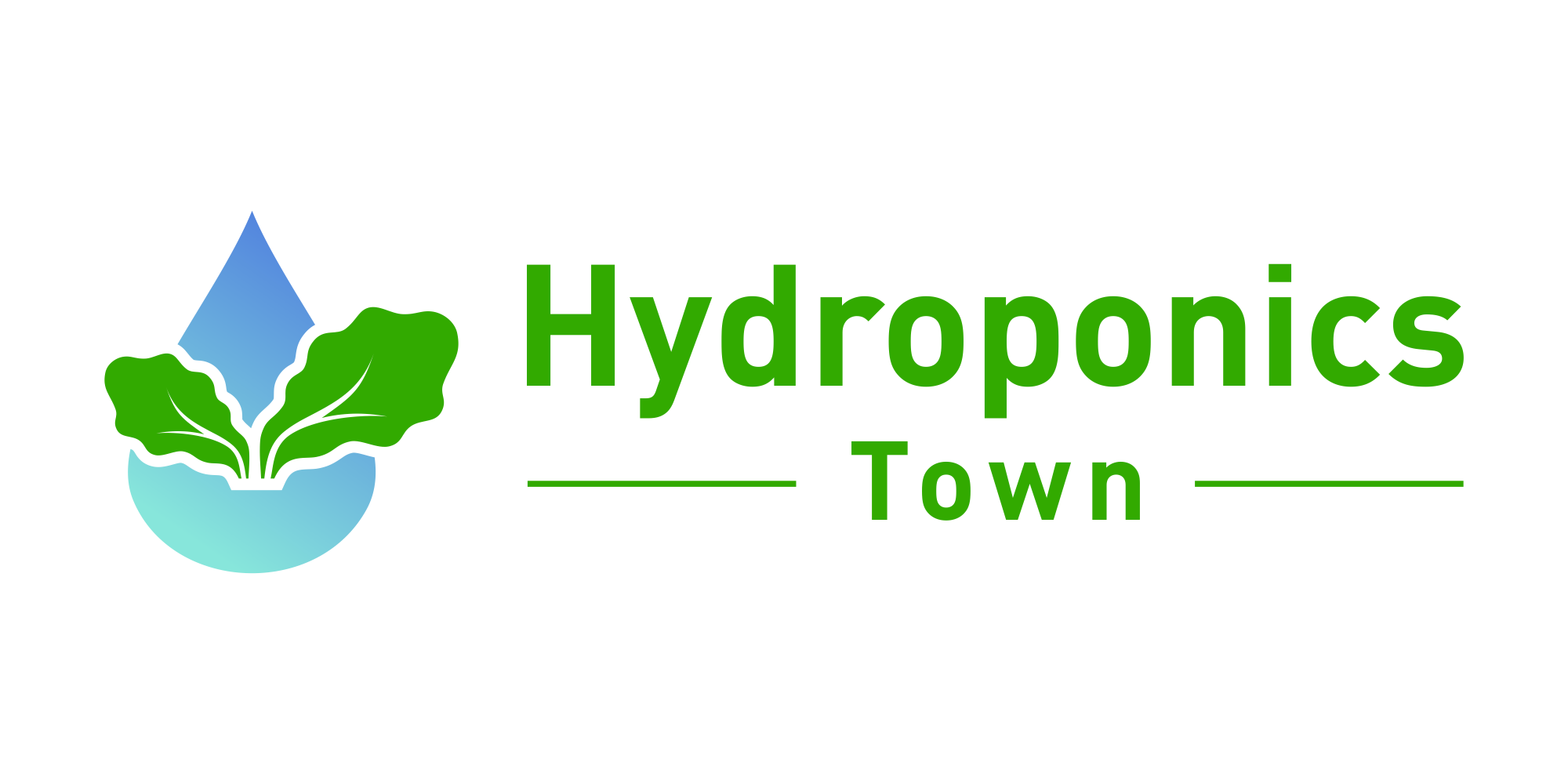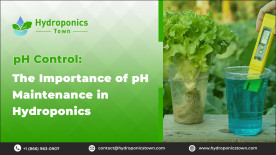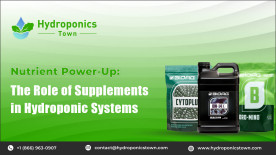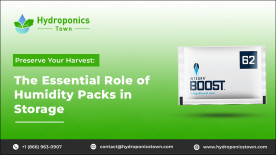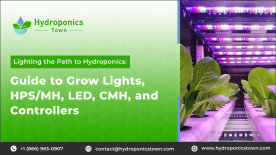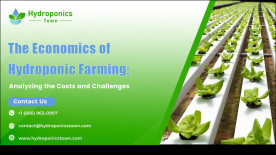An indoor hydroponicgrow tent kit for hydroponic gardening is a specially designed tent that creates a self-controlled environment suitable for plants growing in a hydroponically customized environment. It is designed as a compact and efficient solution for indoor hydroponic gardens to mimic outdoor environmental conditions. It serves the purpose of safeguarding indoors from being affected by external humid and temperature-related issues, making it an ideal place to grow gardens in enclosed and self-controlled premises. It is also designed to provide healthy ventilation for growers and the plants as well. The indoor farming grow tent in hydroponics is a versatile and efficient solution for cultivating plants indoors, providing growers with the ability to control key environmental factors and optimize plant growth.
Table of contents: How to use an indoor grow tent in hydroponics Different types of indoor grow tents Where to use indoor grow tents? Why do you need indoor grow tents? |
What are grow tents?
A hydroponics grow tent is specially designed for growing plants in customized environmental conditions that are similar to external traditional farming conditions. These tents are carefully manufactured to safeguard the crops being grown in a controlled environment.
Some of the key features offered by growing tents are:
Protective Structure: A grow tent is usually made of good graded metal frame or high-quality PVC pipes which give huge support for the structure of the tent. These tents are made sunlight-proof to avoid the hindrances of outdoor conditions.
Mirrored Interior: The interior consists of various reflective surfaces lined within the tent's walls, Mylar is used often. The reflective surfaces make sure that the lights emitted by the grow lights are being reflected to every plant in the system.
Ventilating Areas: The tents provide the necessary ventilation for the system to thrive in. Ventilation is a key aspect of maintaining the temperatures and humidity inside the grow tent.
Grow Lights: The Hydroponic Grow tent comes with pre-installed grow lights. Grow lights are responsible for duplicating the characteristic features of natural sunlight and helping in healthy crop growth indoors.
Environmental Control: These tents offer a command over the environmental conditions inside the controlled atmosphere of the tent.
What is an indoor grow tent
An indoor grow tent is nothing different than a grow tent used in hydroponics farming. Both represent similar features such as an enclosed environment in which the climatic conditions can be manipulated on the user’s desire to aid them in growing and maintaining a healthy crop yield throughout the season. These tents more or less serve the same purpose as a typical grow tent in hydroponics farming. These tents are essential for having a successful indoor gardening setup in your living space or personal space.
How to use an indoor grow tent in hydroponics
Indoor grow tents play a key role in maintaining an ideal environmental condition for your crop to thrive and produce a healthy yield. These tents have various applications contributing to a safer and healthier growth of crop
Some of the key uses of hydroponic grow tents are:
Urban and Small-Space Gardening: These tents can be implemented in compact spaces or urban living spaces. They fit in with ease.
For propagating seed growth: These grow tents are designed to facilitate seed germination and quicken the process compared to traditional farming.
Special Crops cultivation: These tents are also extensively used for growing rare and exotic varieties of crops rather than growing them through traditional cultivating practices.
Cultivation throughout the season: These grow tents aid in creating a sustainable environment for plants that grow soilless.
Reduces Food miles: This cultivation technique reduces the work of the labor force by eliminating the transportation of food reaching the consumer.
Building up of commercial greenhouses: Commercial greenhouses also depend on the grow tents for cultivating crops efficiently creating a sustainable environment for the crops to thrive.
Different types of indoor grow tents
Indoor grow tents come in various sizes to accommodate different types of hydroponics systems that vary in size and area
Some types are:
Standard grow tents: These tents are the most common and widely used in hydroponics systems regularly.
Mini Grow tents: These indoor tents are mainly preferred for people who practice indoor gardening as a hobby. Preferred for growing herbs or small plants that take up less place for growing.
Commercial Tents: These tents are designed for maintaining large-scale systems. These tents can accommodate quite an amount of plants and are also equipped with a climatic control system.
Mammoth Tents: Mammoth tents are known for their vast and spacious capacity of covering plants, designed to give shelter for huge crops or vast numbers of crops.
Cabinet-Style tents: These tents resemble the size of a wardrobe or a small cabinet-sized room enough to accommodate small-sized plants such as indoor-grown crops or herbs.
Greenhouse tents: These tents are designed to duplicate the conditions of an actual greenhouse system provided with supplemental grow lights and ventilation.
Where to use indoor grow tents?
Indoor grow tents are flexible and are used in many settings that can adopt indoor farming.
Some of the common areas where indoor grow tents come to play are:
Home living spaces: Most indoor growers make use of indoor grow tents to establish a sustainable environment in which the crop grows without any hindrance from external weather conditions.
Apartments and Condos: People living in an urban environment also utilize the indoor grow tent humidifier to create a controlled environment for the plants.
Commercial Operations: The grow tents are often used in large-scale commercial indoor farms. These tents are also housed together in a group in a large commercial facility.
Research Facilities: Agricultural research institutions and laboratories also implement indoor farming to help them understand the growth of a plant.
Nurseries: Plant nurseries also practice indoor farming to be able to grow rare or exotic breeds of plants not only for this reason but also to nurture young plants and seedlings and transfer them back to larger facilities.
Indoor Farming: Indoor farms also include vertical farms and container farms that incorporate the CEA system to enhance the yields of the crops.
Check out 13 Best Plants to Grow Hydroponically 2023
Why do you need indoor grow tents?
There are numerous reasons why we need to grow tents to maintain a successful hydroponics system. These tents play a key role in keeping the hydroponics system together under one protected roof. Gives us the advantage of controlling the environmental conditions indoors in the tent, hence, facilitating a year-round cultivation of plants irrespective of the climatic conditions outside of the walls of the tent. These tents also play a significant role in protecting the crops from pests and external weather damage done to the crops. These tents also provide decent ventilation for crops, allowing good circulation of air and facilitating worry-free growth of a variety of crops.
Applications of Indoor grow tents:
Controlled Environment
Climate Control
Light Management
Odor Control
Pest and Disease Management
Easy Setup and Portability
Optimal Growing Conditions
How to choose the right indoor grow tents
Selecting the right grow tent for your hydroponics system is crucial, it guarantees you maximized yield and and a healthy crop.
Some of the main factors to be considered while choosing between buying the best indoor grow tents are:
Spacious Dimensions of the Grow Tent: Decide the amount of space that you have for setting up a hydroponic gardening system and then choose a grow tent kit that fits your requirements.
Grow lights provided: Considering what crop you are growing decide on what type of grow light you would like to have in your system that best suits your plant for a healthy yield.
Sufficient Ventilation: Also check whether the tent provides decent ventilation for the plants to thrive in your hydroponics system to ensure good circulation of air.
Durable Material: The quality of the tent frame is also essential as it makes sure that the tent stands rigid and extends the life span of the tent.
Height: The taller the grow tents the more space they provide for the plants to flourish making it suitable for taller plants to grow without any hindrance.
Budget: Investing more than needed for growing tents might be overrated instead set a budget limit that fits with your budget.
Maintenance tips for Indoor grow tents
To have a guaranteed life of the grow tents for a longer time span, maintaining the grow tent under proper conditions is important.
Here are some key tips for maintaining indoor grow tents:
Cleaning the grow tent regularly between each grow cycle is essential to eliminate any debris, dead plant remains, and weeds. Wiping them with cleaning agents such as vinegar or any non-toxic cleaners.
Keeping an eye on the grow lights, exhaust fan filters, and other sorts of types of equipment is important, and replacing any faulty equipment immediately to carry out the farming without any problem.
Monitor the indoor climatic conditions that are specially customized for hydroponically grown crops. As temperature, humidity levels, and CO2 levels to maintain them in optimal amounts inside the Grow Tent.
Checking on the tent frame that holds the tent together in one piece is also crucial. Inspect for any weak points in the joints of the structure and also make sure that the brackets are properly fixed.
Also, ensure that all the electricity connections are secured and are in working condition and satisfy all the safety standards.
They offer precise control over key factors like light, temperature, humidity, and airflow, optimizing conditions for hydroponic systems. This control is especially vital in hydroponics, where plants rely solely on nutrient-rich water solutions instead of soil. Grow tents enhance plant growth, protect against pests and diseases, and enable year-round cultivation, making them an invaluable tool for hydroponics growers and giving them successful harvest results.
FAQs
Where should I put my grow tent kit in my house?
Grow Tents can be installed in spacious locations in your house, such as basements, back-yard or designed grow rooms.
Do indoor grow tents need ventilation?
Yes, indoor grow tents do need a good amount of ventilation to sustain in a proper environment.
Can I use a grow tent as a dry room?
Yes, you can utilize a grow tent as a dry room and it can be very helpful in serving that purpose, since it maintains a controlled environment for farming it makes an ideal for the role of a dry room.
Is an indoor grow tent better than a greenhouse?
Yes, indoor grow tents are better than a greenhouse environment since the grower has complete control over the environment created indoors by the tent making it ideal for growing and enhancing crop cultivation.
How often should you vent your grow tent?
Venting of your grow tents depends on factors such as active ventilation during growth cycles, monitoring indoor environmental conditions, control over odor, and temperature and humidity changes also affect venting. So venting after each growth cycle is essential for the crops to thrive in the controlled environment.
